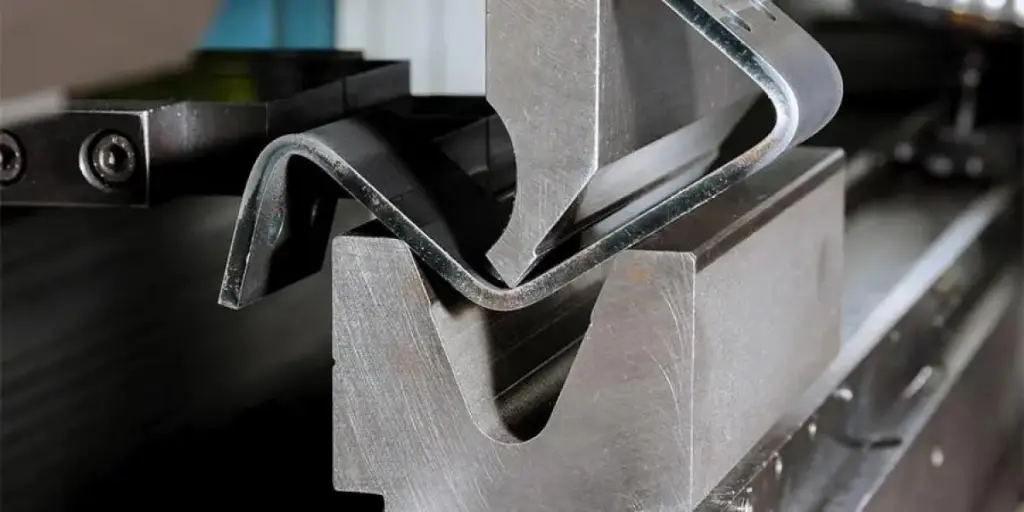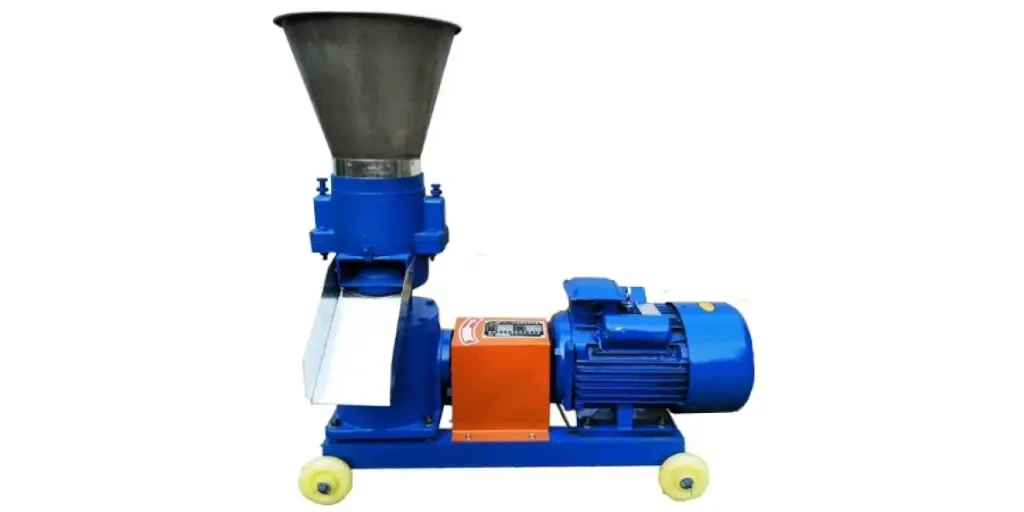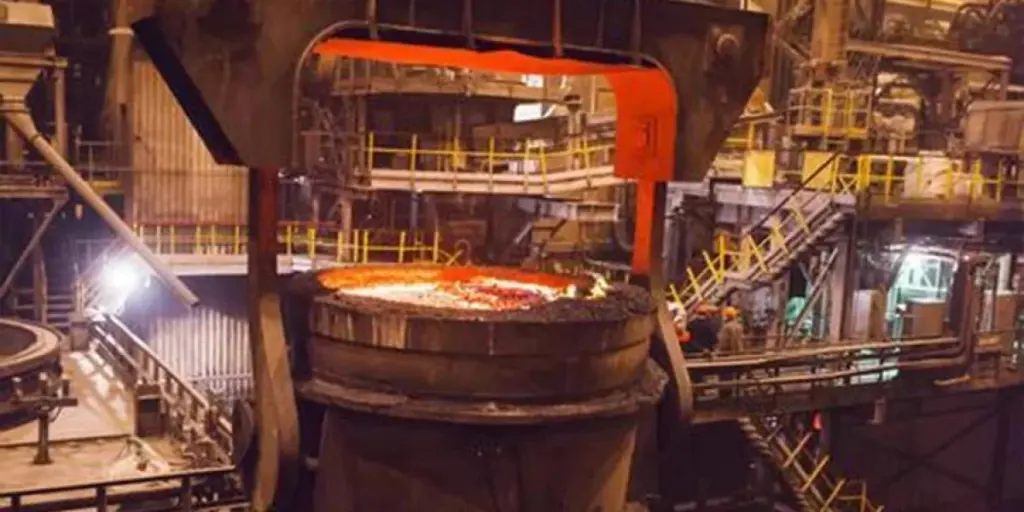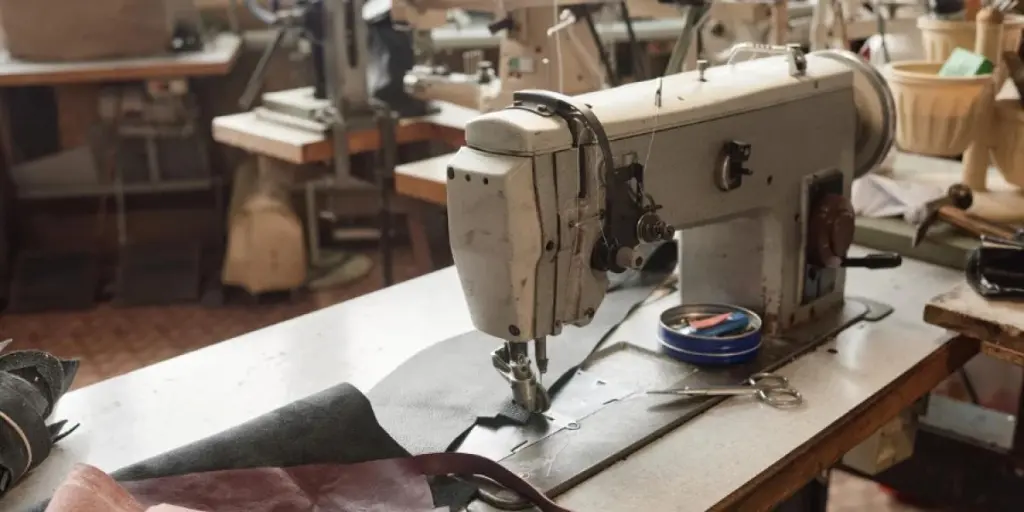Technology, especially brake machine technology, moves fast. The past decade has brought significant improvements to the conventional press brake system, creating a huge number of options for buyers. Read on to learn about the popular press brake machines and determine which one you need.
What is a press brake?
A press brake is a machine used to bend metal parts and sheets. These machines come in three main types: hydraulic, hybrid, and all-electric. Although fairly simple, a properly functioning press brake system is a crucial piece of equipment for any kind of manufacturing enterprise involving sheet metals and metal processing. Hence, it is highly important to take a number of factors into consideration before buying a new press brake machine.
Hydraulic press brakes
Hydraulic brakes use hydraulics for increased power and stability. Compared with traditional mechanical press brakes, these machines provide higher flexibility with various options and settings that can be easily adjusted to meet the specific needs of a user. They are also significantly safer because of their automation capabilities.
How do hydraulic press brakes work?
The basic principle behind a hydraulic press brake is that it takes power from a hydraulic motor and uses it to exert force onto a metal sheet. This force compresses the metal to form the desired shape.
The entire process is fully automatic and highly accurate. This is why many renowned manufacturers choose these press brake systems as their machine of choice.
Punch and die
The two parts of a press brake that come into contact with the metal sheet are the punch and the die. The die is the surface on which the metal sheet lays, and the punch is the contact point that goes down. The metal sheet goes in between the punch and the die.
The ram is the mechanical part of the press brake that goes down on the sheet. When the ram lowers onto the die, the punch touches the metal sheet and bends it to the desired result. Dies come in different shapes and sizes, and ultimately determine the resulting shape of the metal sheet.
Benefits of hydraulic press brakes
The usage of hydraulic press brake systems has benefitted many firms and industries in metal manufacturing. Here are a few benefits of hydraulic press brakes:
They have great energy-saving features.
Most modern hydraulic press brake systems today come with built-in energy-saving features such as adaptive pump mechanisms and automatic power-off settings.
They can sustain high levels of power.
Factories working with bigger metal parts require huge amounts of energy, which can easily extend to metal parts of over 250 metric tonnes. Hydraulic press brakes can sustain high levels of power with a low risk of breakage or failure.
Hybrid press brakes
As the name suggests, hybrid press brake machines combine the features of both hydraulic and all-electric press brake machines. Unlike hydraulic press brakes, hybrid machines do not have any gear pumps but operate with the help of hydraulics.
Similar to all-electric press brake machines, hybrid press brake machines help reduce energy consumption by automatically turning off when not in use.
Parts of a hybrid press brake
To understand how a hybrid press brake works, it is important to understand its structure. Hybrid press brakes are generally made of the following parts:
Machine frame
The frame itself consists of left and right columns, oil tanks, working tables, and cylinders for the crowning system. Among the supportive parts of a hybrid press brake, the crowning system ensures that the ram and table are parallel during bending.
The machine frame is largely responsible for producing the pre-deformation shape, which is used to track the movements of the slider. These movements are then studied to control how the angle of the workpiece changes during the process, together with other metrics such as the bending length and tolerance range.
Sliding block
The sliding block is composed of the left and right cylinders, which are connected and secured together with bolts. The system comprises the piston rod and slider, which are joined with spherical blocks and screws. These blocks are connected to the frame through the guide rail.
When the slider moves, the position data is instantly fed to the CNC system. These measures help control the output flow of the electro-hydraulic valves and the synchronization of the whole system.
Crowning system
The crowning system ensures that the working table and sliding block are parallel throughout the process.
Light curtains
Light curtains are electrosensitive beams that are emitted from the side columns of the machine. These curtains are placed between the worker and the front of the machine to ensure safety and proper handling.
Bending angle laser detection device
The laser detection device checks the angle of the bend to ensure bending quality and accuracy. This device is mediated through software.
Punch and die
The punch and die are the two contact points of the metal piece or sheet.
Front support and back gauge
The front support and back gauge align the metal sheet and ensure bending alignment and accuracy. The front support is attached to the working table, while the back gauge is an independent floor standing structure.
Hydraulic system
The hydraulic system of a hybrid brake press machine is similar to that of a hydraulic press brake, but simpler and less flexible in terms of manual configurations.
CNC system
The computer numerical control system, or CNC system, is responsible for all the operations of the hybrid press brake machine. In most cases, the CNC system is operated through software.
Benefits of a hybrid press brake
As mentioned earlier, a hybrid press brake combines all the benefits of both hydraulic and all-electric press brake systems into one. However, these machines cannot be employed by manufacturers working with metal materials that require high energy levels exceeding 250 metric tonnes.
Hybrid press brakes are highly sustainable and environmentally friendly compared with hydraulic systems, which typically do not have built-in auto power off mechanisms.
All-electric press brakes
Modern all-electric press brake systems are the most efficient and most recent iteration of press brake machines. Apart from making the overall process faster and more seamless, all-electric press brakes also provide superior safety features. These machines are also highly accurate compared to other press brake types.
How do all-electric press brakes work?
All-electric press brake systems are completely free from any form of hydraulic support and run entirely on electricity. This makes them more eco-friendly and allows them to provide better safety and accuracy.
In an all-electric press brake system, mechanical parts are solely operated by electricity rather than any form of direct force, which is the case in hydraulic systems. Mechanical movements are carried out with good precision through several built-in attachments and software control.
What are the benefits of all-electric press brakes?
Because of its automation capabilities and relatively advanced technology, all-electric press brakes can decrease production costs and energy expenditure significantly. As such, they are also considered to be highly economical compared to other options on the market.
Conclusion
Finding the best press brake machine varies with each business and industry. However, it shouldn’t be rocket science. There is plenty of information online to help you find the right one, such as going to the actual websites of press brake manufacturers and viewing their specifications like maximum loads, suitable materials, etc. Before buying a press brake machine, make sure to do your research to find one that works best for your needs.
Source from Accurl.
Disclaimer: The information set forth above is provided by Accurl independently of Alibaba.com. Alibaba.com makes no representation and warranties as to the quality and reliability of the seller and products.




